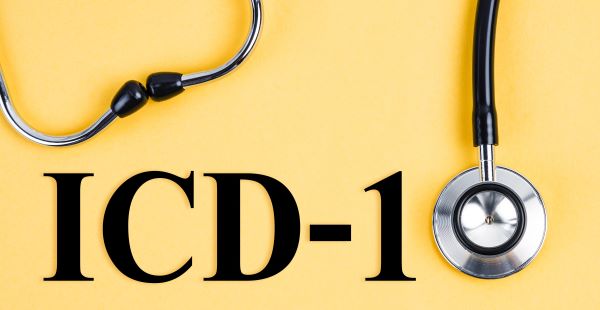Primary Care Coding Alert
Preventive Services:
Prepare for Proper Preventive Service Coding (Part 2)
Published on Tue Jul 16, 2024

You’ve reached your limit of free articles. Already a subscriber? Log in.
Not a subscriber? Subscribe today to continue reading this article. Plus, you’ll get:
- Simple explanations of current healthcare regulations and payer programs
- Real-world reporting scenarios solved by our expert coders
- Industry news, such as MAC and RAC activities, the OIG Work Plan, and CERT reports
- Instant access to every article ever published in Revenue Cycle Insider
- 6 annual AAPC-approved CEUs
- The latest updates for CPT®, ICD-10-CM, HCPCS Level II, NCCI edits, modifiers, compliance, technology, practice management, and more
Related Articles
Other Articles in this issue of
Primary Care Coding Alert
- Preventive Services:
Prepare for Proper Preventive Service Coding (Part 2)
Review the requirements of MWVs and AWVs. In Primary Care Coding Alert Volume 26 Number [...] - E/M Coding:
Bolster Your Distinct Time Billing Knowledge
Remember to bill with only one provider’s number. Billing for split or shared services between [...] - Practice Management:
Ask These Questions When Searching for an AI Coding System (Part 1)
Can NLP decipher language differences between doctors? Choosing the right artificial intelligence (AI) coding system [...] - You Be the Coder:
Think Critically About This Critical Care Scenario
Question: Our hospital physician provided a neonate with critical care throughout the first 28 days of [...] - Reader Questions:
Find Guidance in This Consultation Question
Question: A child’s family consulted with a provider, but the child was not present. The child [...] - Reader Questions:
Flex Your Coding Muscles with This Charley-Horse Case
Question: The practitioner documents that a patient had a charley-horse. Which code is the most accurate [...] - Reader Questions:
Distinguish NCD From LCD
Question: What’s the difference between a national coverage determination (NCD) and a local coverage determination (LCD), [...]
View All




